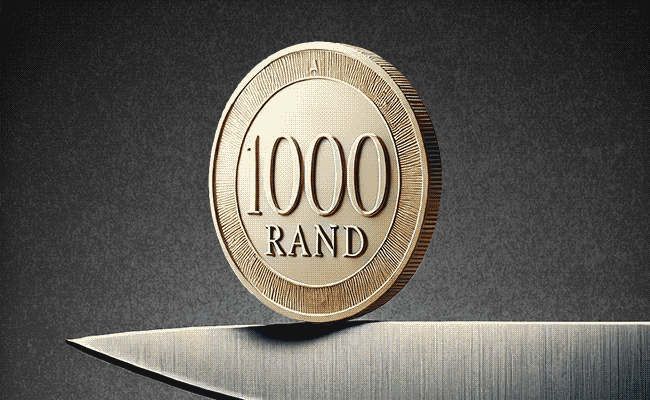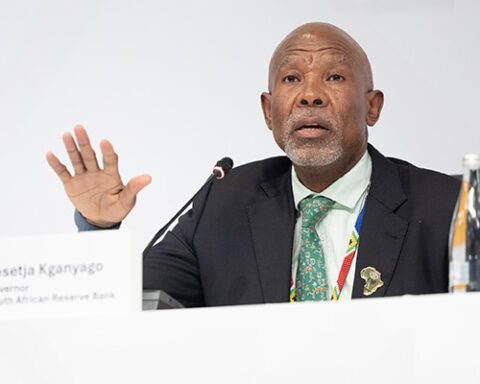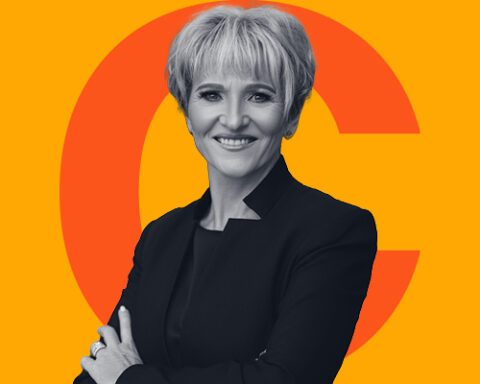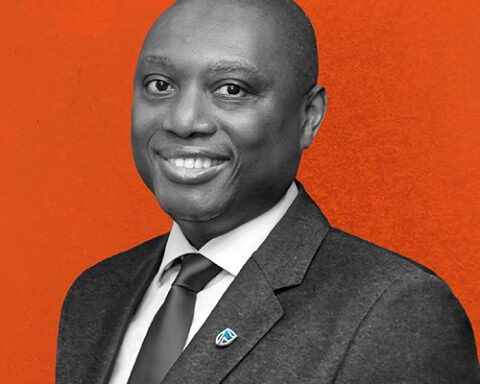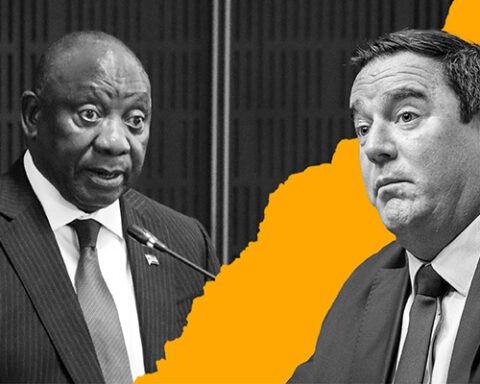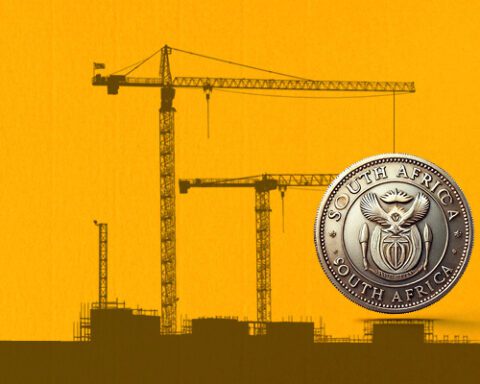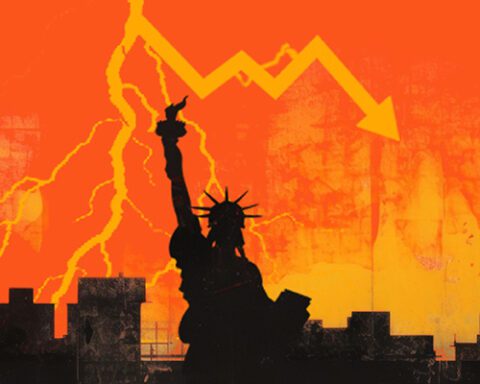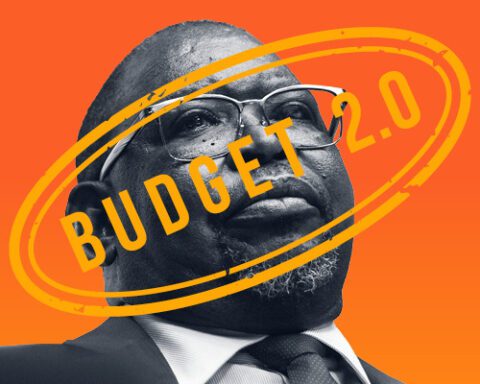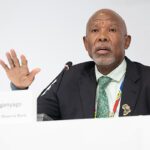This week, South Africans get their first look at the progress of the government of national unity (GNU) – in rands and cents – as finance minister Enoch Godongwana unveils his half-year budget.
Critically, the budget will reveal the state’s priorities and whether the tide has turned for a country after a lost decade of near-zero growth.
“Money doesn’t lie,” says Albert Botha, head of fixed income at Ashburton Investments.
How you spend and save it is concrete evidence of what is important to you, Botha adds – which is why the signals from Godongwana’s budget will be keenly watched.
Godongwana will present his third medium-term budget policy statement (MTBPS) on Wednesday, following a year of upheaval in local politics. It will set the tone for February’s annual budget, update the National Treasury’s growth forecasts, and reveal whether it will hit its growth targets, allowing the country to lower its debt costs.
The good news is things look better than they did a year ago after the ANC lost its outright majority in the election and opted for a GNU with the DA rather than Jacob Zuma’s MK Party or Julius Malema’s EFF.
But don’t be fooled: huge fiscal challenges remain.
For a start, the country’s debt is far too high – and last year’s paltry 0.7% economic growth is too slow to generate enough tax revenue to change that. The South African Reserve Bank (SARB) expects growth of 1.1% this year and 1.6% in 2025, which lags far behind the country’s trading partners’ average growth rates of 2.7% and 3%.
President Cyril Ramaphosa has spoken boldly of GDP growth reaching 3% – and that’s a level at which the country could finally dent its debt levels and unemployment problem.
But that is some way off. As it stands, the government spends more than it collects in taxes, and investors are hoping the DA and other eight coalition parties can temper the ANC’s enthusiasm for spending. That is a reality check that is long overdue: more than 20c of every R1 collected in tax goes to repaying debt, which is essentially wasted capital.
The upshot of this, Botha says, is that the state can no longer afford to borrow for much-needed infrastructure investment and must now rely on the private sector to “plug the spending gap”.
Elna Moolman, head of economic research at Standard Bank, expects that Gondongwa’s mid-term budget will underscore the strong focus on macroeconomic policy, with priorities including “network industries” such as electricity and logistics. Here again, the private sector’s involvement is crucial.
Spending, spending, spending
Let’s talk about South Africa’s debt. This rocketed from the record low of 28% of GDP in Trevor Manuel’s second-last budget in 2008 to a record high of 72.8% in 2022.
Now, the Treasury expects debt to peak at 75.3% in the 2025/2026 financial year.
The best way to reduce this ratio is to boost growth – something which Moolman believes is achievable if the reforms are sustained.
These fiscal woes, as we know, stemmed from years of extravagant spending that characterised Zuma’s presidency. The core feature: hundreds of billions in bailouts for ransacked and inept state-owned enterprises (SOEs).
As a result, South Africa’s credit rating was downgraded to junk status, forcing it to pay higher interest rates when borrowing money.
Annabel Bishop, chief economist at Investec, is optimistic about the fiscal outlook – provided spending doesn’t spiral out of control. Bishop expects a slight improvement in the budget deficit forecasts, which could support the rand and bonds.
A drop in bond yields since the new unity government was formed, coupled with lower inflation and falling interest rates, will also reduce borrowing costs, Bishop adds.
Cutting costs, however, is never easy – even if civil servants are earning handsome salaries.
As it is, South Africa has a bloated civil service, with salaries making up a third of the budget. And they earn more than the average government employee in the 38 member countries of the Organisation for Economic Co-operation and Development.
And yet, remarkably, labour unions, which represent 1.3-million public employees, are demanding 12% wage hikes, while the government is offering just 3%. Having caved in to union demands in the past, you’d be hard-pressed to believe it will be able to hold the line again.
“For too long, the government has permitted significant increases in public sector remuneration, which has led to troubling cuts in education and health-care budgets,” says Waldo Marcus, director at TPN from MRI Software.
As unpalatable as it is in a country with a 33.5% unemployment rate, cutting civil service jobs may be the only way to compromise on the union demands without blowing out the budget.
No more levers to pull
Arthur Kamp, chief economist at Sanlam Investments, warns that the mini-budget may not address long-term issues like health care, education and social safety nets, which are vital for South Africa’s future.
While investor sentiment has rebounded in recent months, the DA and ANC have clashed over social policies such as National Health Insurance, a new education law, and the foreign policy positions on Russia, Israel and Taiwan.
Overall, there have been some significant wins. First, there has been no load-shedding for more than 215 days, some of the digital spectrum has been auctioned to the private sector, and the port backlogs have eased. Leon Schreiber, the home affairs minister from the DA, has also tackled years of delays in issuing visas to skilled immigrants.
This is just as well, because there aren’t any new magical money reserves to call on. Back in February, Godongwana said the government would withdraw R150bn from a special gold and foreign exchange contingency reserve account managed by the SARB, which would allow the country to cut debt. But this was a once-off.
It’s not as if the Treasury isn’t trying to hold the line on spending. It put in place strict conditions for giving new funds to SOEs, froze new government hires, begged departments to cut expenses on travel and consultants, and even restricted how much ministers spend on new cars.
But unless South Africa sees real growth – such as Ramaphosa’s 3% and beyond – the prospects for the economy remain muted.
Kamp says the country has pulled all the levers it can, which gives it some breathing room over the next short while.
“But if I look long term, one has to be realistic about South Africa’s socioeconomic conditions and the pressures on expenditure that are coming; then the only way to be comfortable is to be convinced that the economy is going to grow much faster.”
This illustrates the key signal that people will be looking for from Godongwana in the mini-budget: growth is the one ingredient that will reassure those investors who’ve backed South Africa since the election that they’ve backed the right horse.
